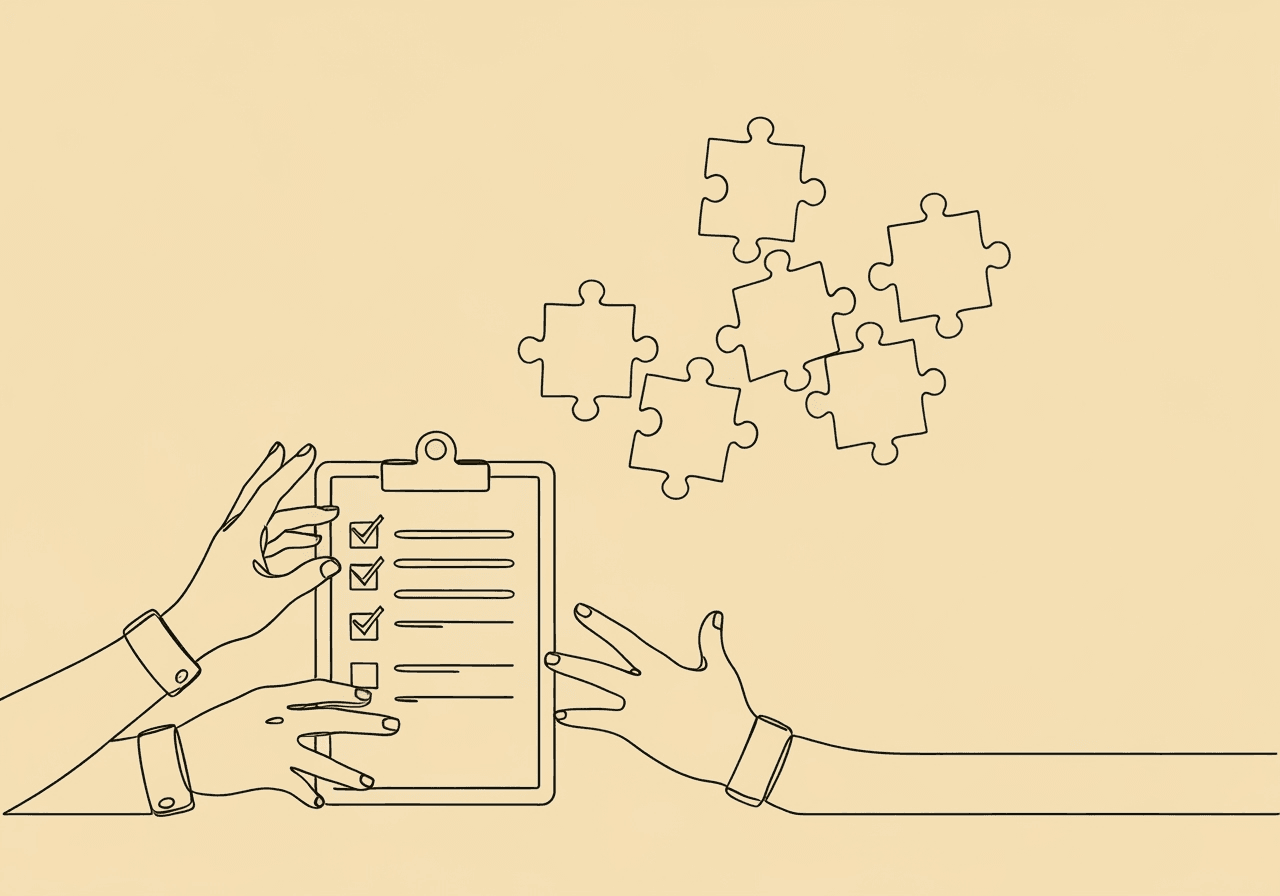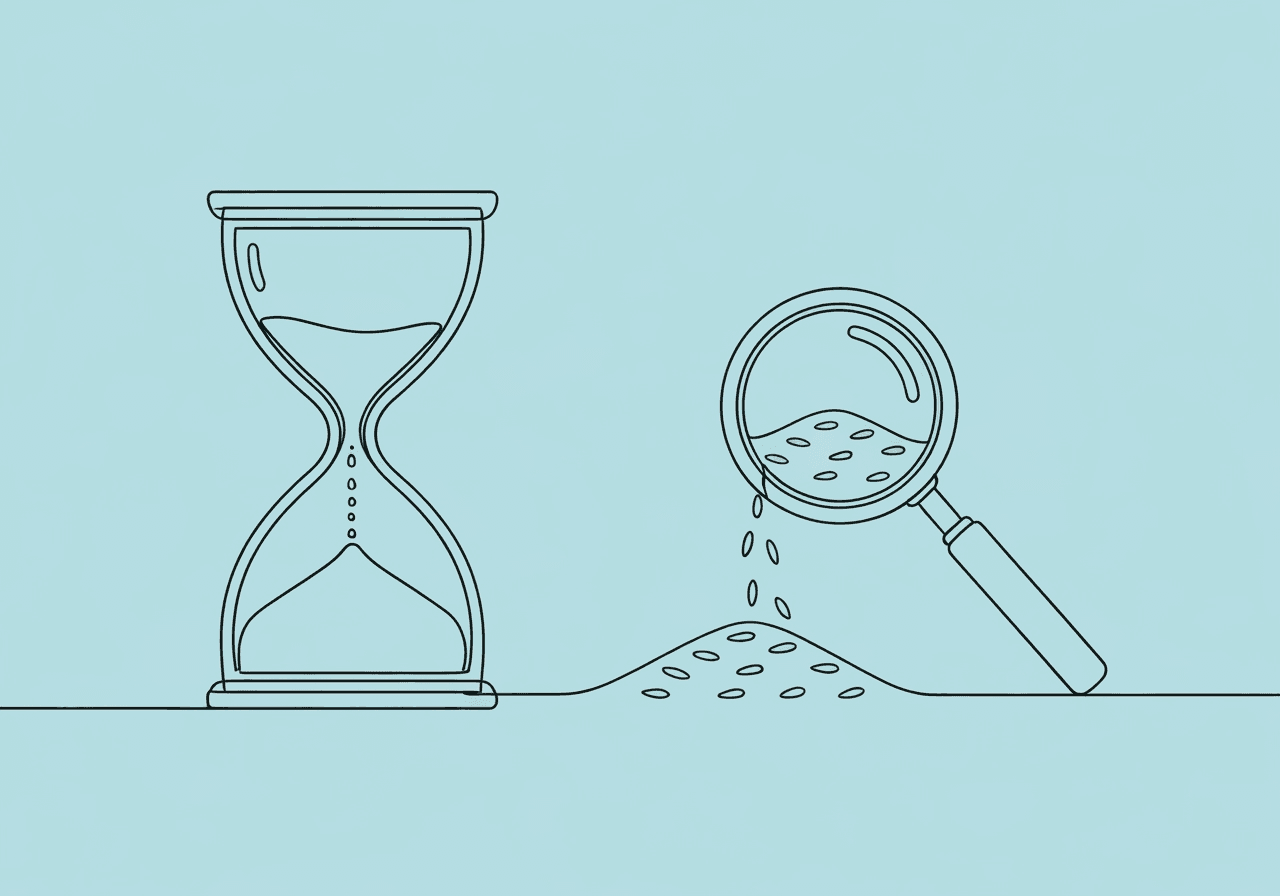Trial-by-Trial vs Probe Data: ABA Comparison

In ABA skill acquisition programs, data collection is key for tracking progress and refining interventions. For BCBAs and RBTs, selecting the right approach helps ensure sessions drive real learner growth, especially with discrete skills or complex behaviors. Precise records can make all the difference in spotting trends early. This guide explores Trial-by-Trial vs Probe Data, two core methods that weigh detail against efficiency in ABA skill acquisition data collection.
Here are five key takeaways from this comparison to guide your practice:
- Trial-by-trial data offers deep insights into every response, ideal for building new skills through repetition.
- Probe data saves time by focusing on initial trials, making it great for maintenance or quick learners.
- Choose based on skill type—use trials for chained tasks and probes for discrete ones—to match learner needs.
- Both support RBT data comparison, but blending them optimizes session flow and compliance.
- Always graph trends to inform decisions, ensuring ethical and effective ABA interventions.
Trial-by-Trial Data: A Detailed Approach to ABA Skill Acquisition
Trial-by-Trial data means noting the result of each instructional trial in a session. It gives a close-up look at how a learner performs. The Association for Science in Autism Treatment (ASAT) explains that this captures correct answers, mistakes, and prompt levels over all chances, often with at least 10 trials per session for solid practice (ASAT data collection guidelines). RBTs handle this by jotting notes right after each trial, using a sheet or app, all while keeping the lesson moving. This setup fits ABA basics, as it builds steady teaching and quick feedback loops.
A big plus is how it helps spot errors in detail. BCBAs can see patterns, like repeated slips on certain items, and adjust prompts or switch to errorless methods (How to ABA). You get exact percentages from full trial sets, which makes graphing progress clear and strong for treatment plans. This level of discrete trial data tracking proves mastery reliably.
Yet, for RBTs with packed schedules, it takes real effort. Logging every step can stretch sessions and pull focus from connecting with the learner. A podcast from The Misfit Behaviorists in 2023 points out how this can slow down teaching pace, particularly in natural settings where flow matters most (Misfit Behaviorists). Still, it's a must for skills that need lots of reps, such as basic mands or tacts in kids with autism. In practice, RBTs often find that starting with simple data sheets eases the load, letting them stay engaged without losing key details.
Probe Data: Streamlining Efficiency in RBT Data Collection
Probe data zeros in on the target skill with just the first trial—or a few—at the start of a session. It's like a quick check without hints to see what the learner can do alone. Mastermind Behavior Services describes how RBTs note a yes/no or basic percentage here, then move straight to teaching without extra notes unless needed (Mastermind Behavior). The setup stresses speed: do the probe early, cut down on pauses, and free up time for hands-on work.
Its top strengths are saving time and keeping things smooth. Beltran's Behavior Basics notes that this lets RBTs prioritize interaction, perfect for lively sessions or kids who pick up skills fast (Beltran's Behavior Basics). Graphs show trends faster too, so BCBAs catch stalls in mastery without sifting through piles of records. For behavior intervention data methods, this snapshot approach keeps things lean.
But it falls short on fine details about learning shifts. How to ABA warns that it might skip small error types or gains from extra tries, delaying fixes for things like prompt reliance (How to ABA). RBTs with learners who need heavy practice could miss small steps forward, since decisions rest on brief views. That said, probes shine for checking skills already learned or targeted less often, fitting tight ABA setups. RBTs appreciate how it builds confidence in sessions, as less paperwork means more natural teaching moments.
Direct Comparison: Trial-by-Trial vs Probe Data Across Key Dimensions
On the other hand, when you stack up Trial-by-Trial vs Probe Data in ABA skill acquisition data, clear trade-offs emerge in ease and insight. Each aids RBT data comparison to back solid, proof-based work, but fits different spots. A 2009 Journal of Applied Behavior Analysis study found probe methods gave a bit more cautious performance views than full trials, highlighting their use in starting points (PMC - Najdowski et al., 2009).
The table below breaks down main areas, based on trusted ABA tools:
| Dimension | Trial-by-Trial Data | Probe Data |
|---|---|---|
| Documentation Time | High: Records every trial (e.g., 10+ per skill), increasing session length by 10-20% in structured teaching (ASAT resources on data methods). | Low: Only first trial(s) documented, saving significant time per session for efficient RBT workflows (Beltran's Behavior Basics). |
| Data Granularity | High: Captures errors, prompts, and patterns for precise analysis (How to ABA). | Low: Provides snapshots, potentially missing intra-session variability (Misfit Behaviorists, 2023). |
| Utility for Skill Types | Ideal for new skills (e.g., chained tasks like dressing) or learners needing repetition; supports detailed progress tracking (Mastermind Behavior). For more on chaining in ABA, see our guide at Praxis Notes on skill chaining techniques. | Best for mastered or discrete skills (e.g., labeling colors); suits quick learners or maintenance phases (ABA Matrix). |
| Impact on Instructional Format | While it promotes structure in discrete trial training (DTT), it can interrupt natural flow (PMC - Lerman et al., 2011). | Enhances natural environment teaching (NET) by minimizing distractions, fostering engagement (Beltran's Behavior Basics). Explore NET strategies in our post at Praxis Notes on natural teaching methods. |
Trial-by-trial stands out for its thoroughness in growing skills, whereas probes favor quick checks for solid ones. BCBAs might mix them, say probes at the outset and trials during heavy teaching, to boost ABA skill acquisition data overall. This blend, drawn from standard practices, helps tailor sessions without overload. For instance, in a typical clinic, starting with a probe sets the baseline, then trials fill in the gaps for better RBT data comparison.
BCBA Decision-Making Framework: Selecting the Right Method
BCBAs need a clear plan to pick between Trial-by-Trial vs Probe Data, looking at skill details, learner traits, and real-world limits. First, check the skill itself: simple matches work well with trial-by-trial for digging into errors, but linked steps like washing hands might lean toward probes to skip extra notes (How to ABA). Think about the learner too—age or focus issues often call for trial reps to spark smooth skills. In one common setup, a young child with attention hurdles benefits from those extra practices to lock in basics.
Then, weigh time and tools on hand. In tight spots, probes lighten the load on RBTs, per Beltran's Behavior Basics, so more energy goes to spreading skills across settings (Beltran's Behavior Basics). Trial-by-trial gives fuller views for RBT data comparison, yet it calls for solid training to avoid fatigue. Follow BACB tips by testing approaches and checking graphs every few months. This keeps things fresh and tied to outcomes.
Finally, match to aims: apply trials in learning stages to hit 80% mastery criteria, a common benchmark in ABA skill acquisition (Mastery Criteria and Maintenance: a Descriptive Analysis of Applied Behavior Analysis Journals). Use probes in upkeep to verify hold without extra work (ABA Matrix). Such steps lead to smart choices that lift ABA results. BCBAs often review past sessions here, noting how one method shifted progress for a specific learner, then adjust the plan accordingly. For deeper BCBA tools, check our resource at Praxis Notes on decision frameworks.
Documentation Compliance: Ensuring Integrity in ABA Records
Vital documentation of Trial-by-Trial vs Probe Data keeps things in line with BACB rules and insurance needs, protecting client gains and team trust. Spell out the method in the behavior intervention plan (BIP), with reasons like "Trial-by-trial chosen for close error review in chaining skill X, given the learner's steady but slow pace." RBTs log steadily—via secure apps with times and signs—to dodge mix-ups. This ties into broader behavior intervention data methods for reliable records.
For insurance renewals, add charts of ABA skill acquisition data, like correct rates over time, plus notes on any shifts. Brighter Strides ABA stresses how this openness aids reviews by showing clear steps and rule-following (Brighter Strides ABA). Train RBTs on checks for agreement between observers (at least 80% reliability) to hold data steady (Interobserver Agreement Facts in BCBA Exam Prep). In team huddles, role-play these checks to build habits.
Note limits too, like method tweaks in logs, so families and payers get the why. This not only checks compliance boxes but strengthens right practices in RBT data comparison. For example, when switching from probes to trials mid-program, a quick BIP update explains the learner's needs, smoothing audits. Overall, these habits turn records into tools for better care, reducing risks in busy ABA clinics.
Frequently Asked Questions
How do I decide between trial-by-trial and probe data for a specific skill?
Base it on skill depth and learner speed: go trial-by-trial for fresh or linked skills that need reps, tracking fine progress as ASAT suggests. Pick probes for upkeep or speedy cases to cut time, per How to ABA. Test it out and scan graphs for tweaks (Association for Science in Autism Treatment guidelines).
What are the main advantages of using probe data in ABA therapy?
It shines in speed, cutting notes to first tries, and keeps sessions flowing for stronger bonds, says Beltran's Behavior Basics. Great for baselines and fast movers, it allows quick plan changes sans full logs (Beltran's Behavior Basics).
Can trial-by-trial data collection lead to better long-term retention of skills?
Sure, it boosts hold by pushing multiple reps (say, 10+ per go), strengthening through fixes, as a 2011 Journal of Applied Behavior Analysis piece shows. It aids prompt drops for true independence over probe glimpses (PMC - Lerman et al., 2011).
How does the frequency of data collection impact the effectiveness of ABA interventions?
More often, as in trial-by-trial, sharpens tweaks with live trends, though it ups RBT effort. Rarer probes keep it light for steady skills, says ABA Matrix, balancing response and rest (ABA Matrix).
Are there specific types of skills that benefit more from trial-by-trial data?
It fits best for learning discrete or linked ones, like tacts or movements, where spotting errors counts, per Mastermind Behavior. Helps those needing guides, unlike probes for set discrete jobs like naming (Mastermind Behavior).
How can I ensure HIPAA compliance in ABA data collection?
Use locked digital options, safe storage with extra checks, and staff training on rules, as Cube Therapy Billing advises. Audit often and add method whys to plans for safe ABA skill acquisition data (Cube Therapy Billing).
In wrapping up Trial-by-Trial vs Probe Data, these tools let BCBAs and RBTs shape strong ABA skill acquisition through fit, proof-led picks. Trial-by-trial brings top depth for base skills, probes ease checks for flow, backed by spots like ASAT and How to ABA. Paired right, they lock in rules and focus on clients.
Start by reviewing session logs for detail shortfalls—maybe shift to trials for slow spots. Then, coach RBTs on a pick plan in team talks. Last, add apps for easy charts to sharpen renewal files. These moves lift your ABA work and learner wins.
Popular in ABA Session Notes & Tools
- 1
RBT Supervision Documentation: 2025 BACB Guide & Templates
1,8149 min read - 2
Master ABA Medical Necessity Documentation: Avoid Denials
8629 min read - 3
Master ABA SOAP Notes: Guide for RBTs & BCBAs
7999 min read - 4
ABA Documentation Best Practices for RBTs: Essential Tips
7975 min read - 5
Guide to ABA Progress Reports for Insurance Reauthorization
6248 min read
Popular in ABA Session Notes & Tools
- 1
RBT Supervision Documentation: 2025 BACB Guide & Templates
1,8149 min read - 2
Master ABA Medical Necessity Documentation: Avoid Denials
8629 min read - 3
Master ABA SOAP Notes: Guide for RBTs & BCBAs
7999 min read - 4
ABA Documentation Best Practices for RBTs: Essential Tips
7975 min read - 5
Guide to ABA Progress Reports for Insurance Reauthorization
6248 min read
Related Resources
Explore more helpful content on similar topics

Rate vs. Percentage of Occurrence: A BCBA's Guide to Choosing the Right Measurement for Documentation
Navigate rate vs percentage of occurrence in ABA with this BCBA guide. Learn to choose the right measurement for skill acquisition, behavior reduction, and compliant documentation to avoid audit pitfalls.

Avoid These 5 BCBA IOA Documentation Mistakes Today
Avoid these 5 common BCBA IOA documentation mistakes that compromise ABA data integrity. Learn interobserver agreement best practices and protocols to ensure accurate session notes and compliance in behavior analysis.

Continuous vs Discontinuous ABA Data: Key Differences
Discover the key differences between continuous vs discontinuous ABA data to improve accuracy and justify medical necessity. Learn pros, cons, hybrid strategies, and best practices for BCBAs in behavior analysis documentation.